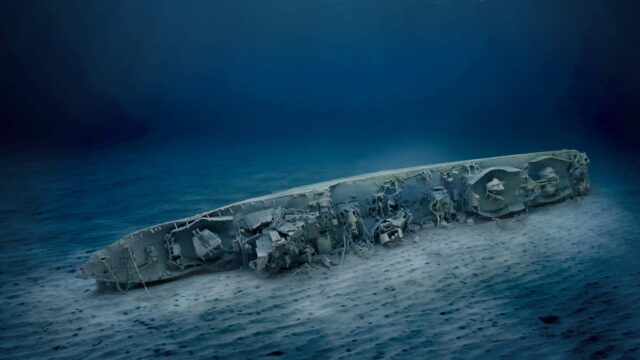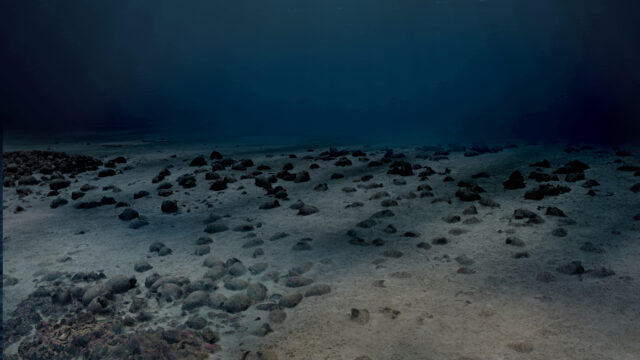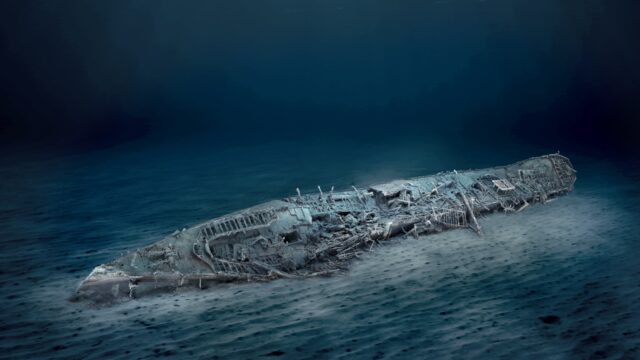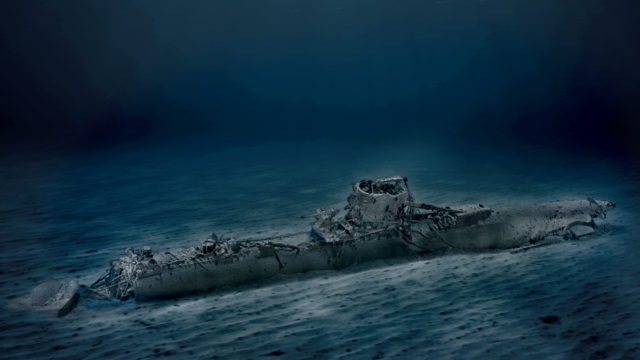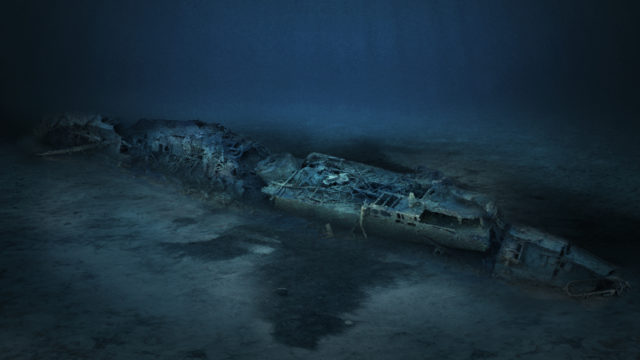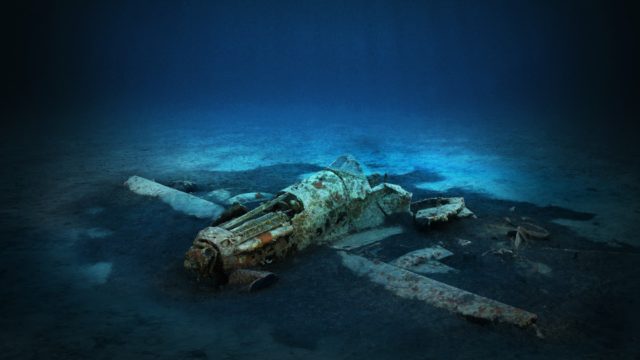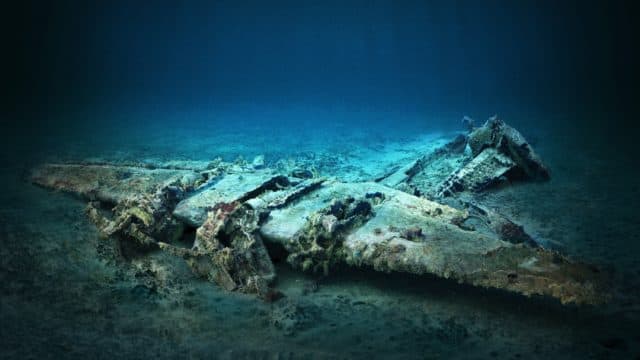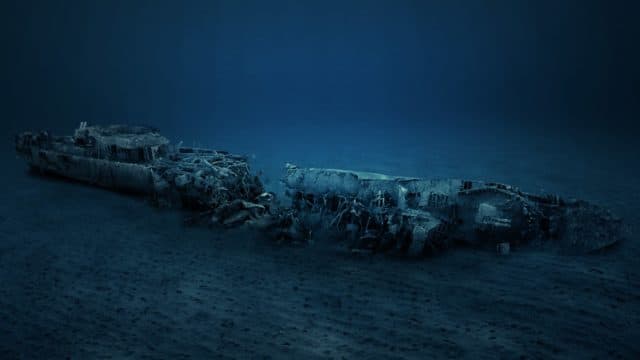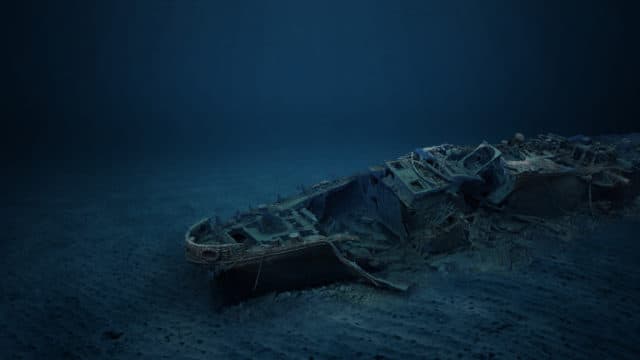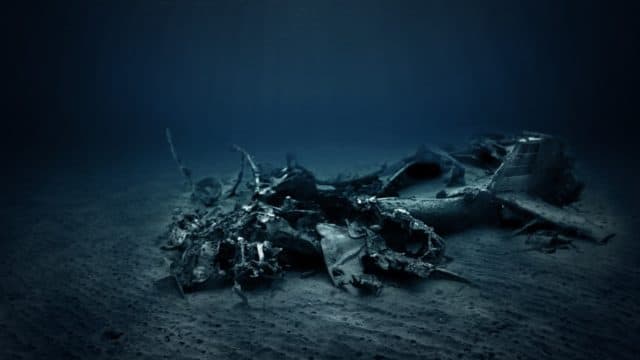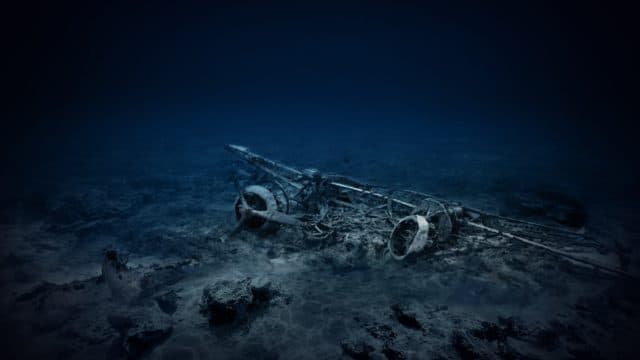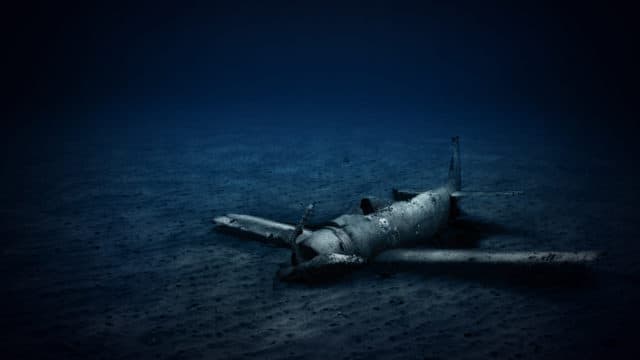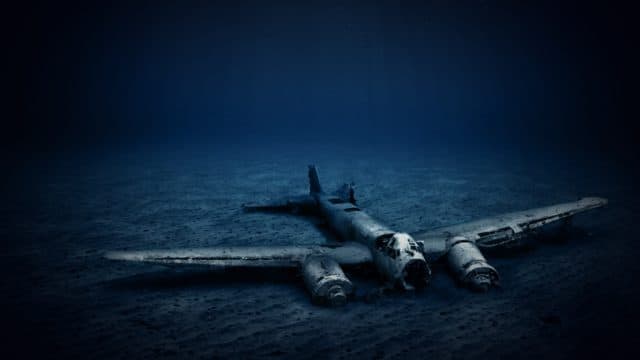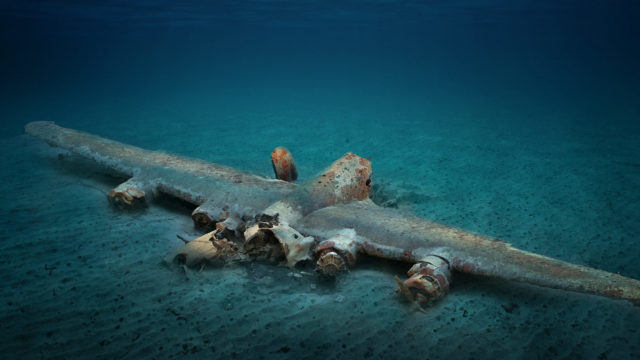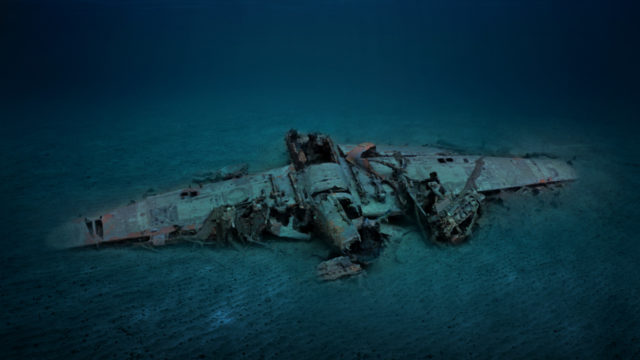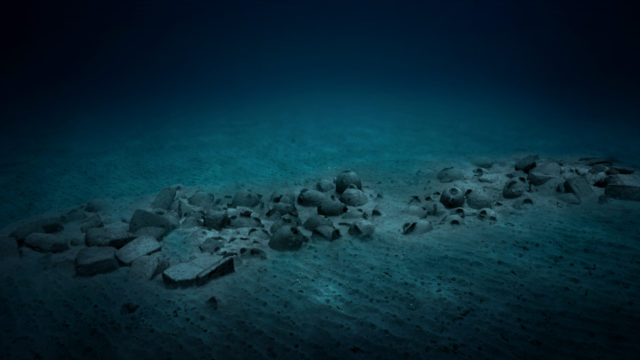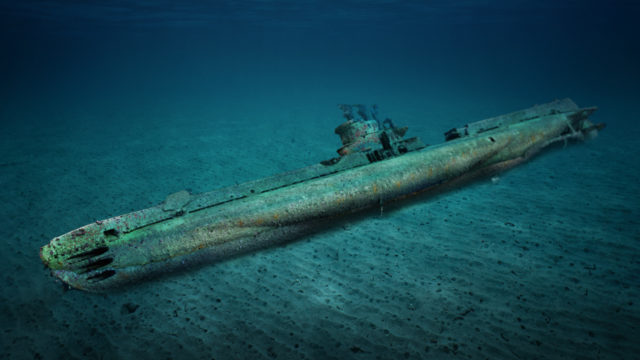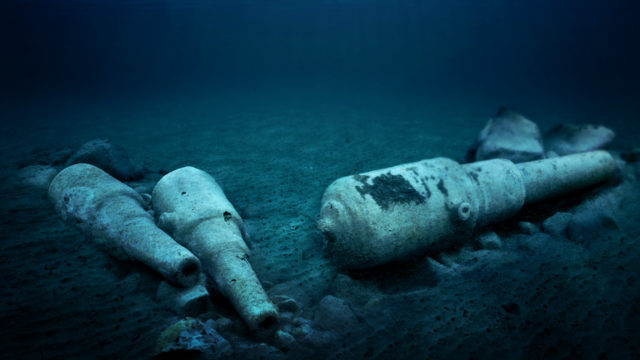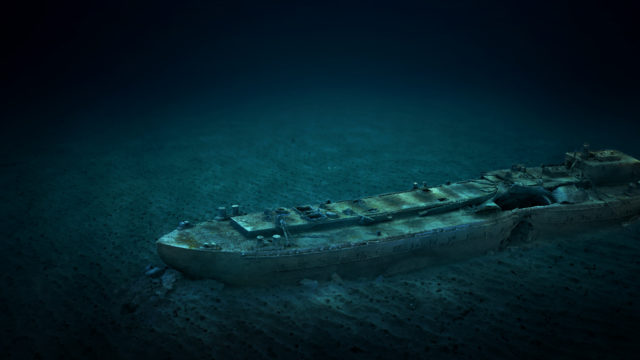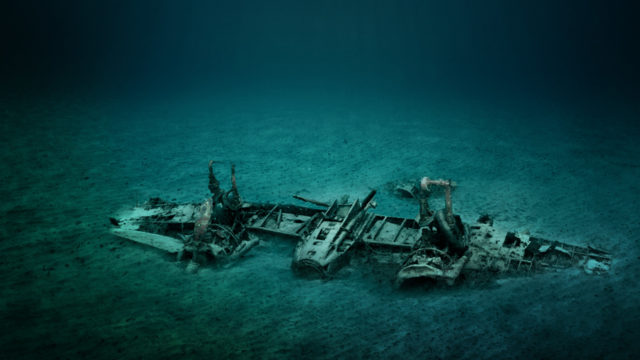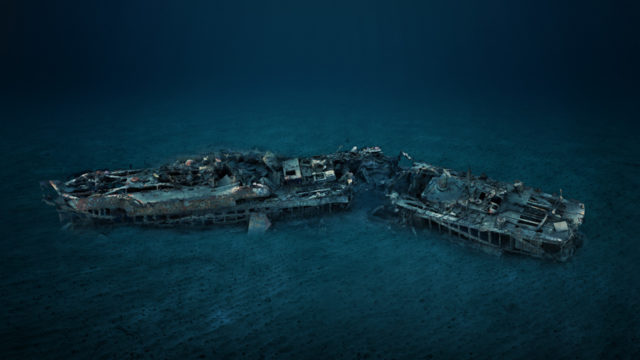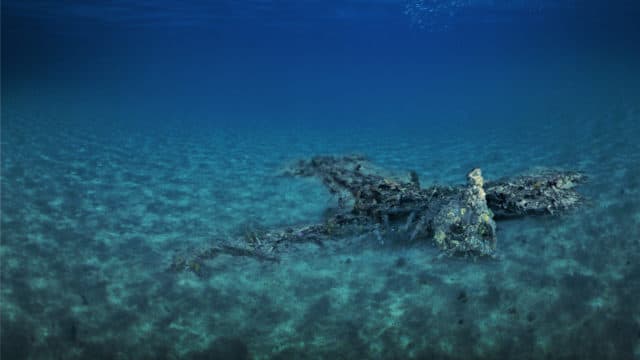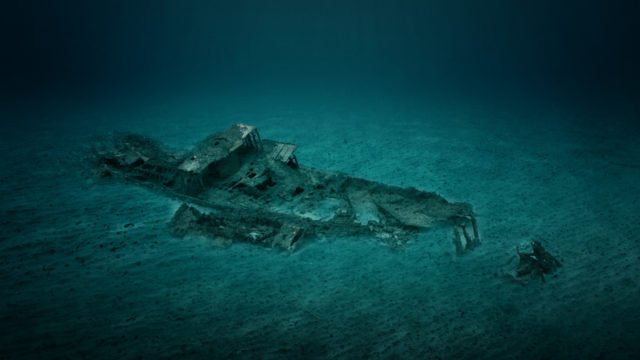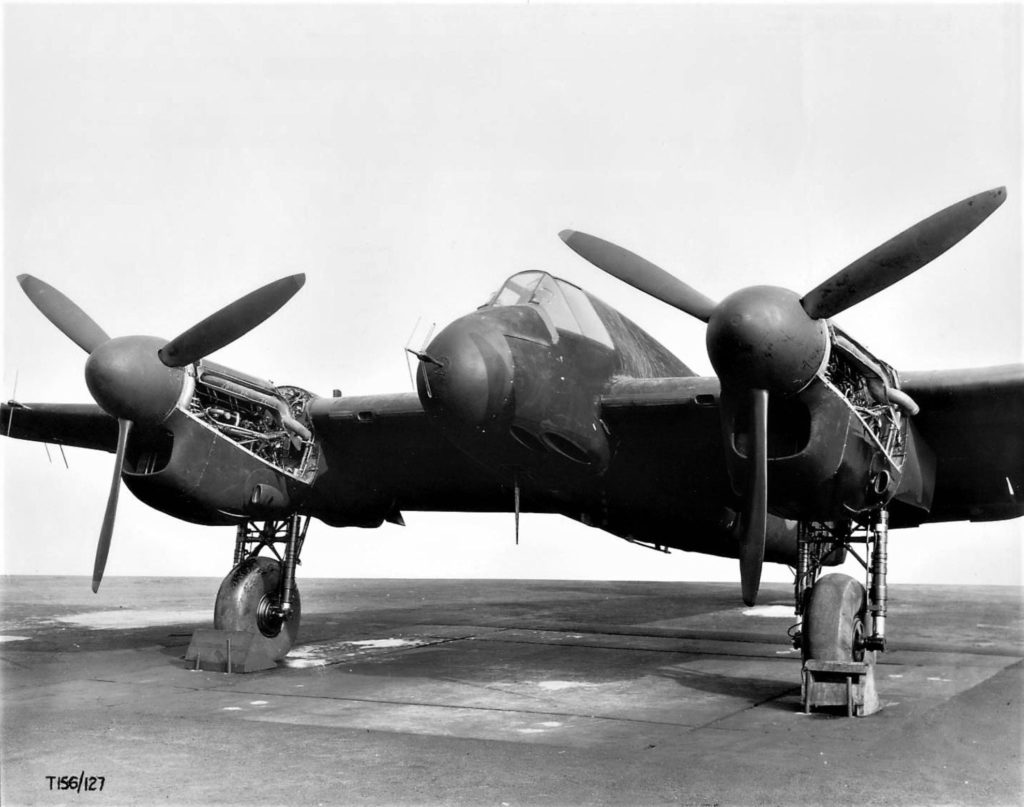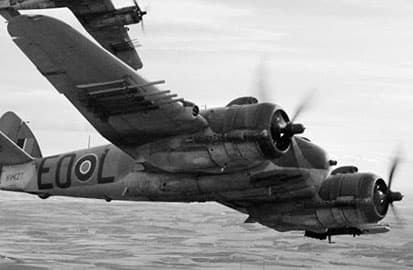Beaufighter
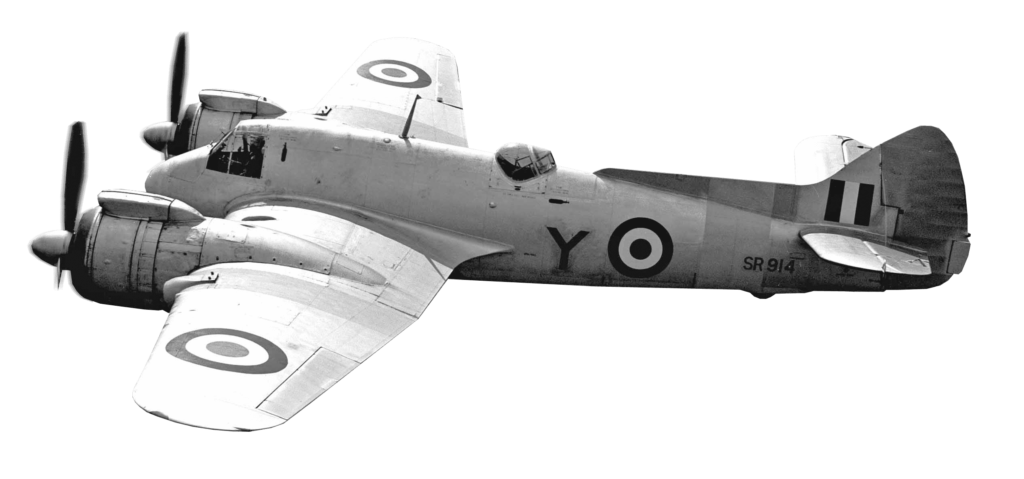
Beaufighter
The Bristol Beaufighter was a multi-role aircraft developed during the Second World War by the Bristol Aeroplane Company in the United Kingdom.
The Beaufighter proved to be an effective night fighter and saw extensive use throughout the Second World War, with its large size catering for the transportation of heavy armaments and the interception radars that were used during night operations.
In early 1941 a squadron of Bristol Beaufighters was stationed in Malta, later becoming the No. 272 Squadron, with Beaufighters having a reputation of high success rates against Axis Shipping in the Mediterranean.
The Wreck.
The wreck of the Bristol Beaufighter located off the coast of St. Julians has been identified as the aircraft that was forced to ditch due to engine failure on 17th March 1943. The two-person crew was picked up by a Maltese water-taxi soon after. The aircraft rests upside down on a sandy seabed, with most the aircraft buried in the sand, the wings and fuselage appear to be largely intact and the port-side propeller is still attached to the engine. The wreck lies approximately 900 metres off the coast of St. Julians at a depth of 38 metres.
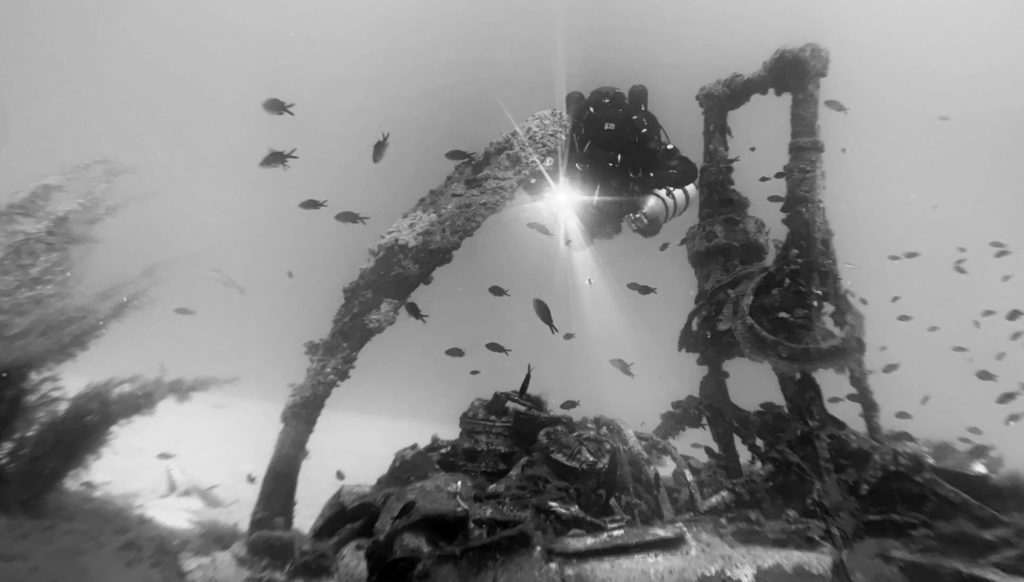
Armament
The heavy-fighter description that is often used to label the Beaufighter stems from its ability to carry heavy weapons and radar equipment. Whilst the Beaufighter was designed off the Beaufort torpedo bomber, the bomb bay was entirely missing, with armaments now located on the lower fuselage and wings of the aircraft. A total of four 20mm Hispano MkIII cannons were mounted in the lower fuselage area. This cannon was originally designed by the Spanish-French company Hispano-Suiza in the 1930s, however, various manufacturing licenses were acquired by other countries, including Britain. The cannon entered production as the Hispano MkI and was intended for use in aircraft, firing a 20mm projectile that had a significant load of explosives for a relatively light weapon. The Beaufighters were outfitted with the cannons, not only providing the Royal Air Force with a powerful cannon-armed aircraft but also identifying the need to create a belt-fed system, which led to the design and production of the MkII-MkV cannons. The cannons were supplemented by six .303-inch Browning machine guns, mounted on the wings and adapted for use by the Royal Air Force. The .303-inch was the standard British military cartridge from the late 19th century until the 1950s, and the machine guns for this type of calibre were the Browning MkI and MkII, used on the majority of British aircraft of the Second World War.
Engine
The propulsion system of the Beaufighter revolved around the Bristol Hercules radial engine, which was a 14-cylinder air-cooled two-row radial aircraft engine, designed by Sir Roy Fadden of the Bristol Engine Company, with production starting in 1939. These engines powered a number of aircraft throughout the Second World War and are often considered to be the most reliable of their time. The Beaufighter had two Bristol Hercules engines, each powering a 3-bladed propeller, and mounted on the front of the wings. This first design resulted in a shifting of the centre of gravity to the front of the aircraft, a feature which is considered unwelcome. The solution to this was the shortening of the nose, resulting in the characteristic stubby nose appearance of the Beaufighter. The majority of Beaufighters were outfitted with two Bristol Hercules XVII or XVIII engines, at 1,600hp each and reaching a maximum speed of 320mph at 10,000ft.


